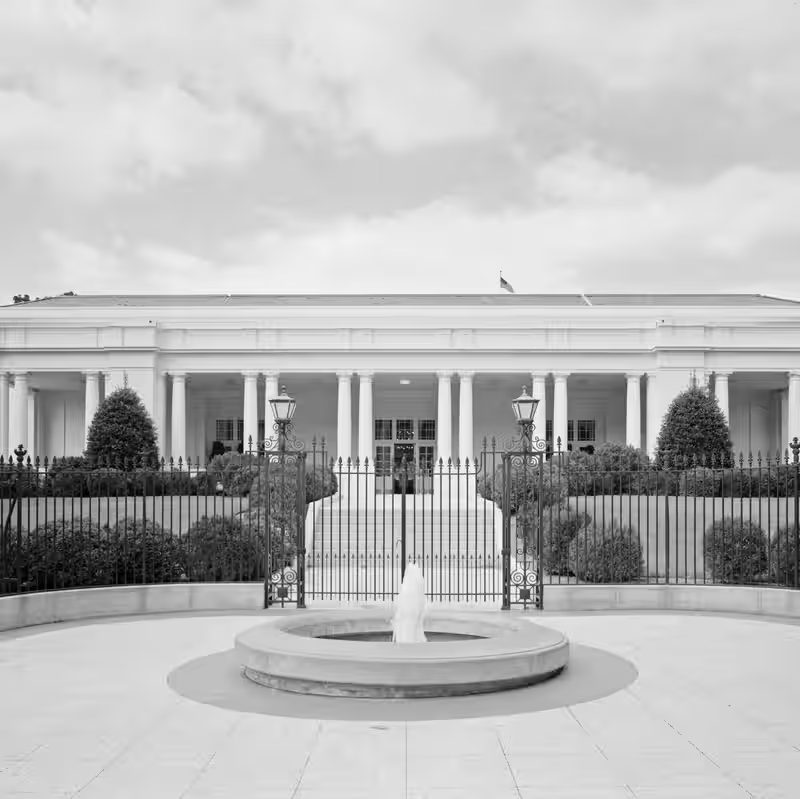Table of Contents
- The Demolition That Divided America
- A 123-Year Legacy Lost
- Inside Trump’s $300 Million Ballroom Vision
- Historians and Citizens React
- Was the Demolition Legal?
- Sources
The Demolition That Divided America
In a move that has ignited national controversy, President Donald Trump’s administration has demolished the historic East Wing of the White House to clear space for a new $300 million presidential ballroom. The structure, which stood for 123 years, was quietly razed over a weekend in early October 2025—without public notice, congressional consultation, or review by historic preservation boards.
While some supporters hail the project as a bold modernization, critics are calling it “cultural vandalism.” Social media has erupted with #SaveTheEastWing trending for three days straight, and a Change.org petition demanding accountability has gathered over 400,000 signatures.
A 123-Year Legacy Lost
Built in 1902 during Theodore Roosevelt’s presidency, the East Wing was originally designed to balance the West Wing’s expansion and house ceremonial functions. Over the decades, it hosted:
- First Lady Eleanor Roosevelt’s wartime radio broadcasts
- John F. Kennedy’s iconic 1962 birthday gala for Marilyn Monroe
- Barack Obama’s annual Easter Egg Roll planning sessions
- Countless diplomatic receptions and naturalization ceremonies
Architectural historians note its Beaux-Arts design, hand-carved oak paneling, and original Tiffany glass windows—none of which were salvaged, according to internal White House memos obtained by The New York Times.
Inside Trump’s $300 Million Ballroom Vision
Renderings released by the Trump Organization depict a 25,000-square-foot “Grand Diplomatic Ballroom” featuring:
- 24-karat gold ceiling accents
- Imported Carrara marble floors
- A retractable glass roof for stargazing events
- AI-powered lighting and climate systems
“This will be the most magnificent event space in the Western Hemisphere,” Trump said at a campaign rally in Florida. “Frankly, the old building was tired. It was time.”
Funding, according to White House budget documents, comes from redirected “federal infrastructure reserves”—a classification that has raised eyebrows among budget watchdogs.
Historians and Citizens React
“You can’t just erase history because it doesn’t match your interior design,” said Dr. Margaret Lin, former curator at the National Archives. “The East Wing wasn’t just a building—it was a witness to American democracy.”
Even some Trump allies expressed discomfort. “I support strong leadership, but this feels… excessive,” said Senator Lisa Murkowski (R-AK) in a rare public critique.
Meanwhile, pro-Trump commentators argue the U.S. needs symbols of grandeur. “Other nations have palaces. Why shouldn’t America have one?” wrote conservative columnist Tucker Reed.
Was the Demolition Legal?
Under the National Historic Preservation Act of 1966, federally owned historic properties require review before alteration or demolition. The East Wing was listed on the National Register of Historic Places since 1966.
However, the White House claims “executive exemption” under Section 106, arguing the President has sole authority over the Executive Residence. Legal scholars are divided:
| Expert | Position |
|---|---|
| Prof. Alan Dershowitz | “Presidents have broad discretion over their official residence.” |
| Prof. Elizabeth Wydra (Constitutional Accountability Center) | “This bypasses Congress’s role in protecting national heritage.” |
| GAO Watchdog Report (2024) | “No federal building over 100 years old has been demolished without review since 1980.” |
The Department of the Interior has launched an internal inquiry, though it lacks enforcement power over the Executive Office.




